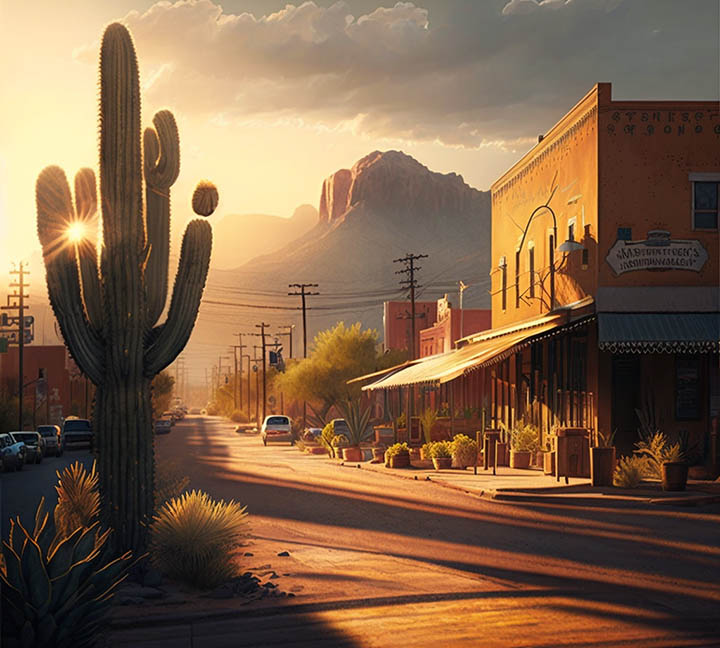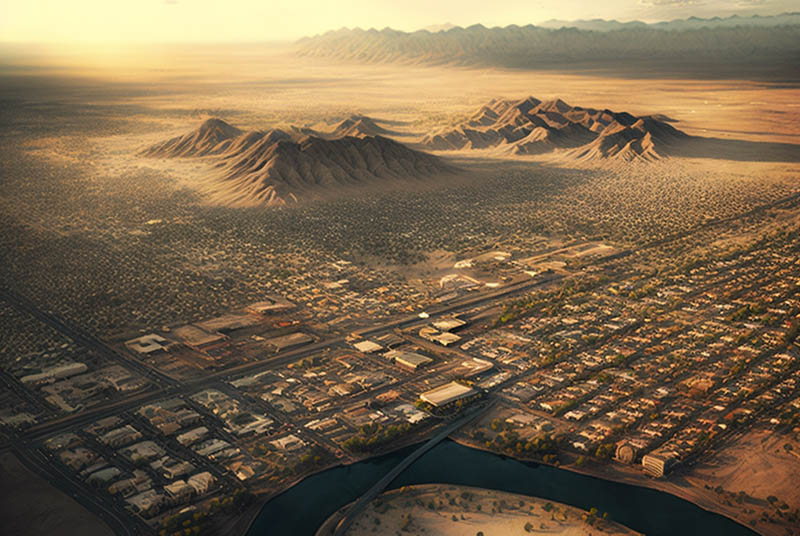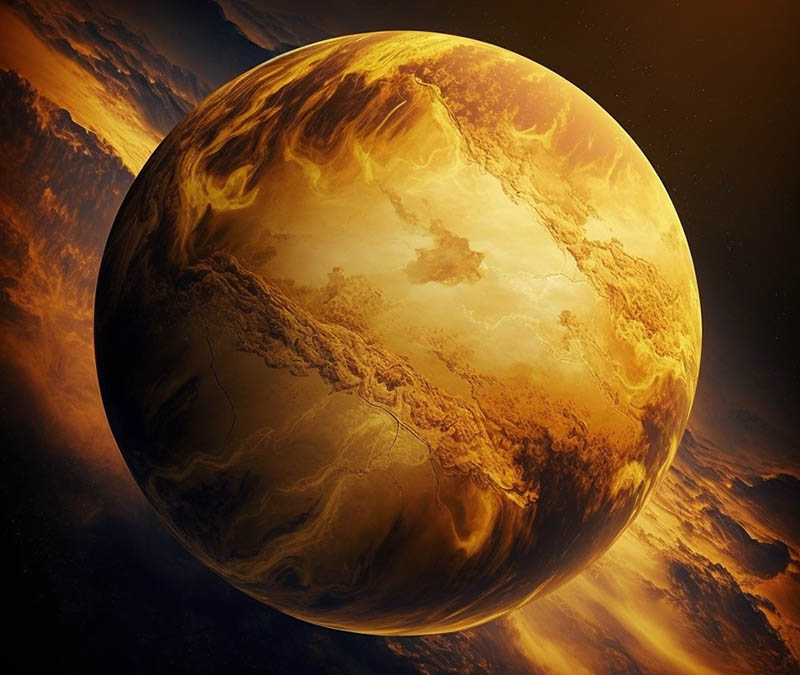Arizona is known for its desert climate, with hot temperatures and low humidity levels. There are certain reasons why Arizona is so hot, why the humidity level is so low, temperature records, and why it is getting hotter there.
Geography and Climate
Arizona is located in the southwestern United States and is largely made up of desert terrain. The state has a subtropical arid climate, characterized by hot summers and mild winters. The low humidity levels in Arizona make the heat feel more intense, as there is little moisture in the air to cool the skin through perspiration.
Is Arizona the Hottest State in the US?
While Arizona is known for its hot temperatures, it is not the hottest state in the US. Based on average annual temperature, the hottest state in the US is Florida. However, the title of the hottest place in the US goes to Death Valley in California. Death Valley holds the record for the hottest temperature ever recorded on Earth – 134 degrees Fahrenheit. However, Arizona is consistently ranked among the top ten hottest states in the US.
Temperature Records in Arizona
The hottest temperature ever recorded in Arizona was 128 degrees Fahrenheit in Lake Havasu City in 1994. This is the third-highest temperature ever recorded in the US. Other cities in Arizona have also experienced record-breaking heat, with Phoenix reaching a high of 122 degrees Fahrenheit in 1990 and Tucson reaching 110 degrees Fahrenheit in 2005.

Why Arizona Is So Dry?
Arizona is known for being one of the driest states in the United States, with much of the state classified as arid or semi-arid. There are several factors that contribute to Arizona’s dry climate:
- Arizona is located in the southwestern region of the United States, which is known for its dry climate. The state is also situated in the rain shadow of the Rocky Mountains, which prevents moisture from reaching much of the state.
- Much of Arizona is located at a high elevation, which can contribute to a drier climate. Higher elevations tend to be cooler and have less moisture in the air.
- Human activity can also contribute to Arizona’s dry climate. Agriculture, urbanization, and other forms of development can lead to increased water consumption and decreased natural water sources, such as rivers and lakes.
Why It is Getting Hotter in Arizona?
Like many places around the world, Arizona is experiencing the effects of climate change, which is contributing to hotter temperatures. The state has seen an increase in the number of days above 100 degrees Fahrenheit, with some parts of the state experiencing up to 40 days of such temperatures each year. This is having an impact on the state’s water resources and wildlife, as well as on human health.
Conclusion
In conclusion, Arizona is hot due to its desert climate and low humidity levels. While it is not the hottest state in the US, it is consistently ranked among the top ten hottest states. Arizona has experienced record-breaking temperatures in the past, and the state is getting hotter due to the effects of climate change. As temperatures continue to rise, it is important for Arizona and other states to take action to reduce their greenhouse gas emissions and mitigate the impacts of climate change.


